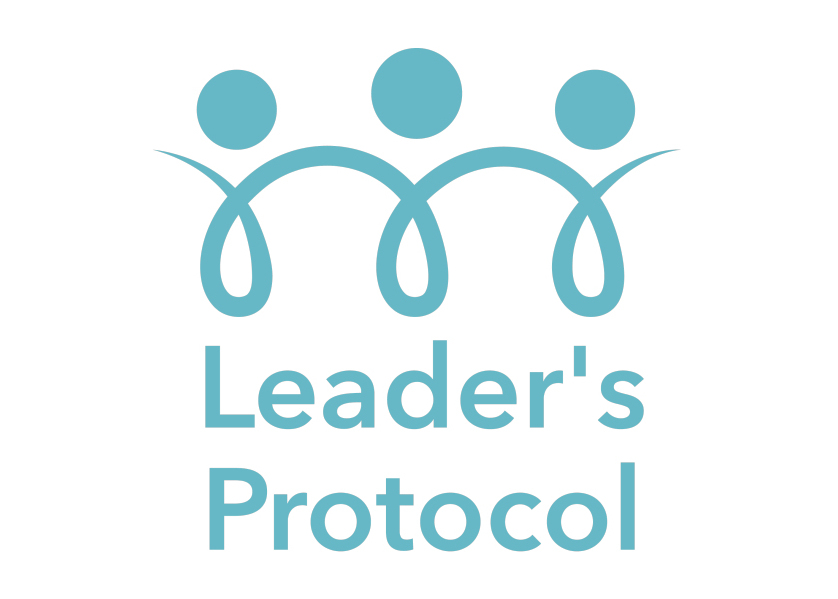What constitutes leadership development and why should I bother? Is there a business case for it? Am I just too busy with more important things? If you're not evolving and thriving, then maybe you're going backwards as others develop. But what about your team and what they need for both the good of the business and those they lead. Here's some thoughts and suggestions to ponder.
Creating a Culture of Continuous Learning for Leadership Development
In today’s business environment, the ability to adapt and learn has never been more critical. This applies not only to employees but, perhaps more importantly, to leaders. Leadership development is no longer a one-off training session or seminar but a journey of continuous learning. The question, then, is – how can organisations foster a culture of continuous learning for leadership development?
The Case for Continuous Learning
Peter Senge, in his seminal book “The Fifth Discipline,” introduced the concept of the learning organisation. Senge argued that in the face of rapid change, only organizations that are flexible, adaptive, and productive will excel. A key component of this is continuous learning.
Research supports this. According to Deloitte’s 2020 Human Capital Trends Report, organisations that prioritise continuous learning are more likely to be high-performing, agile, and innovative.
Consider the case of Adobe Systems. Under the leadership of Shantanu Narayen, the company has been committed to fostering a culture of continuous learning. This focus played a critical role in Adobe’s successful transition from selling packaged software to providing cloud-based subscription services. Narayen spearheaded the emphasis on learning and adaptability, understanding that for Adobe to stay competitive, it needed to constantly evolve and innovate. This culture of learning has been integral to Adobe’s growth and success in the dynamic tech industry.
Continuous Learning and Leadership Development
Leaders, in particular, need to embrace continuous learning. In his book “Learning Leadership,” James Kouzes argues that leadership is not a born trait but a set of skills and abilities that can be learned and developed.
Continuous learning in leadership development could take many forms, from formal training and coaching to learning from experience, feedback, and failures. The goal is to foster adaptability, innovation, and resilience – key leadership traits for the 21st century.
Overcoming Barriers to Continuous Learning
Despite its importance, many organisations struggle to implement a culture of continuous learning. Barriers may include a focus on short-term results, lack of time, fear of failure, and fixed mindsets.
Overcoming these barriers requires a shift in mindset, from viewing learning as a cost or distraction to seeing it as an investment. It also necessitates creating an environment where taking risks and learning from mistakes is encouraged.
Creating a Culture of Continuous Learning
So, how can you foster a culture of continuous learning for leadership development in your organisation? Here are some strategies:
- Leadership Buy-in: Leaders need to model continuous learning themselves. This could involve sharing what they’re learning, their successes, and their failures.
- Learning Opportunities: Provide diverse learning opportunities, from training programs and coaching to experiential learning and peer learning.
- Learning from Failure: Promote a culture where mistakes are viewed as learning opportunities, not failures.
- Recognition and Reward: Recognize and reward continuous learning and improvement, not just results.
- Learner-centric Approach: Tailor learning initiatives to individual needs and preferences, recognizing that one size doesn’t fit all.
The Future of Leadership Development
With the rapid pace of change, the need for leaders to be continuous learners will only grow. As former GE CEO Jack Welch said, “An organisation’s ability to learn, and translate that learning into action rapidly, is the ultimate competitive advantage.”
So, as you think about leadership development in your organisation, maybe consider these questions:
- How are you fostering a culture of continuous learning?
- Are your leaders equipped to be continuous learners?
- How can you better leverage learning opportunities, both formal and informal, for leadership development?
Creating a culture of continuous learning for leadership development is not an easy task, but it’s one that offers immense benefits. As we navigate an uncertain, complex future, organisations that embrace this challenge will be best equipped to thrive.
Want more? I’d recommend …
Book: “Learn or Die: Using Science to Build a Leading-Edge Learning Organization” by Edward D. Hess
Article: “Creating a Culture of Learning in 6 Steps” by eLearning Industry
Video: “The Power of a Learning Culture” by David Grebow
Podcast: “The Learning Leader Show” by Ryan Hawk



